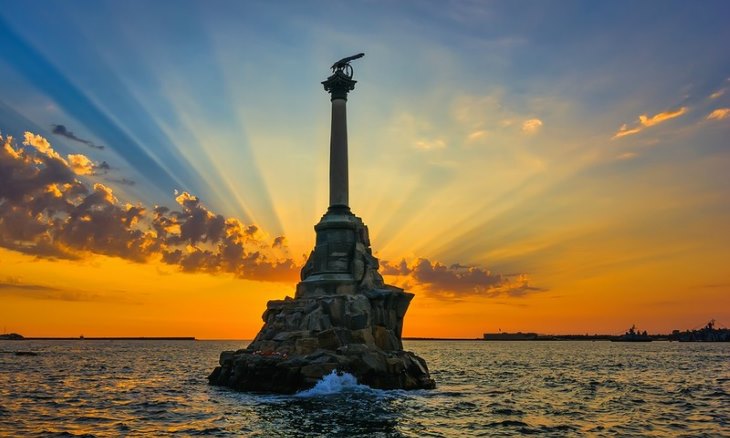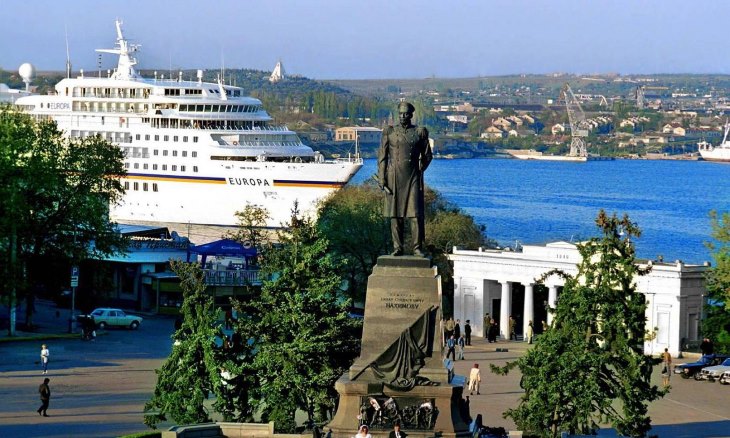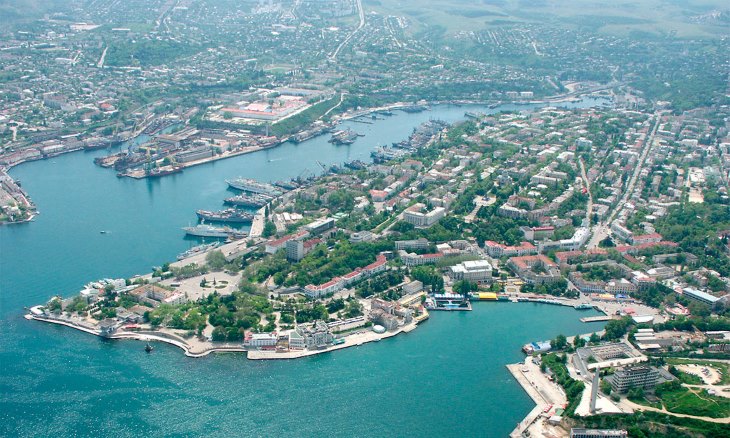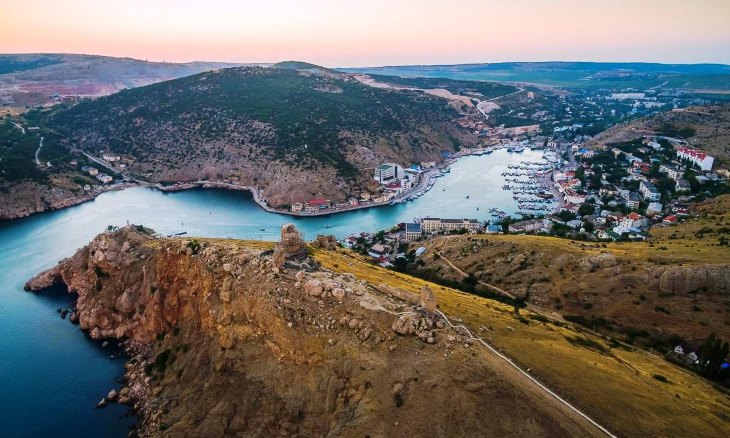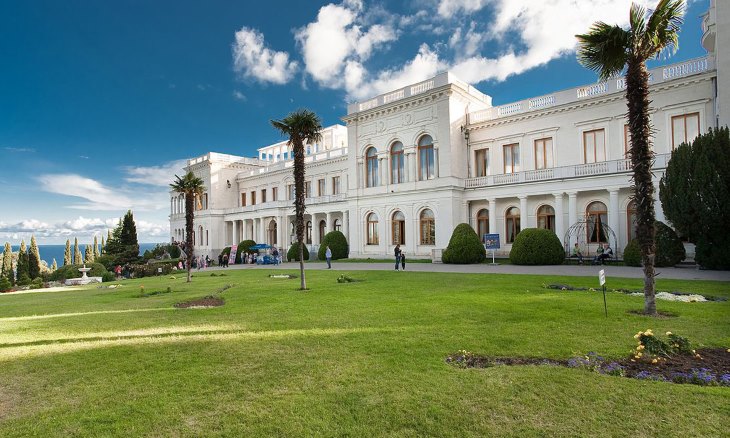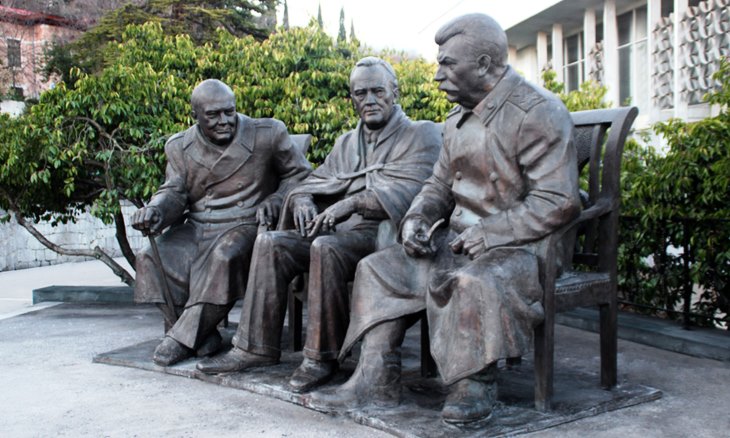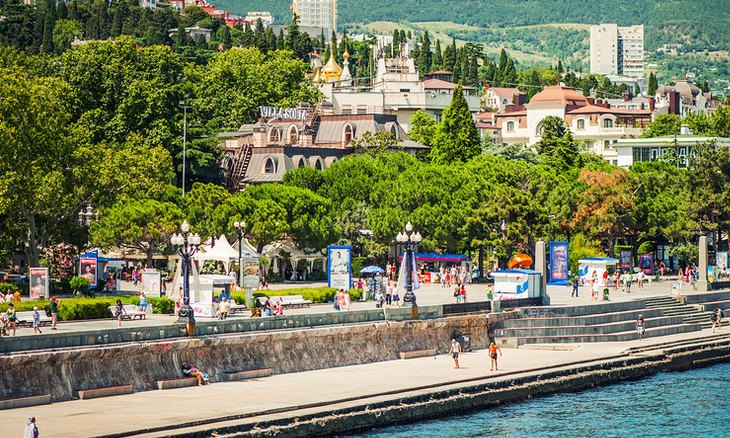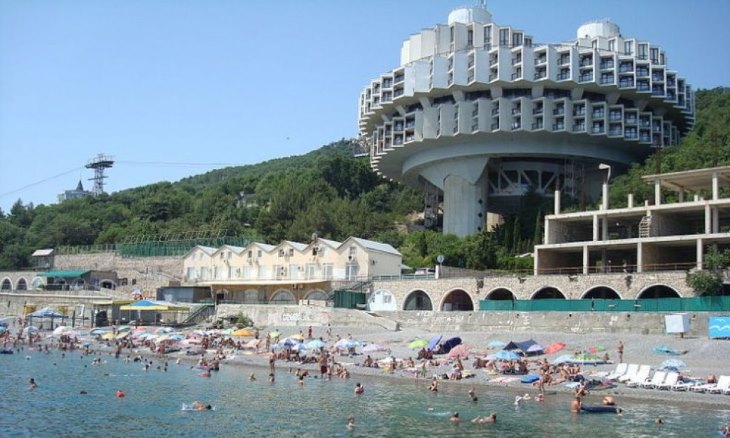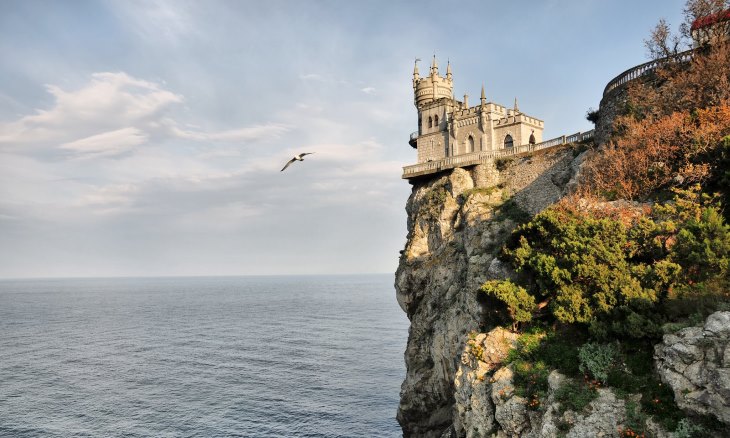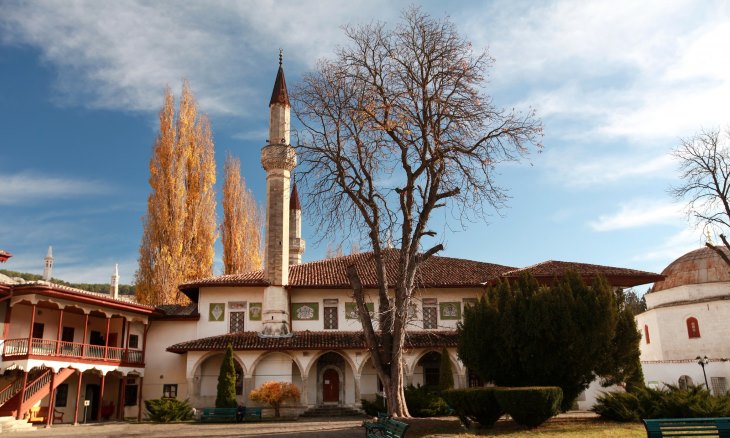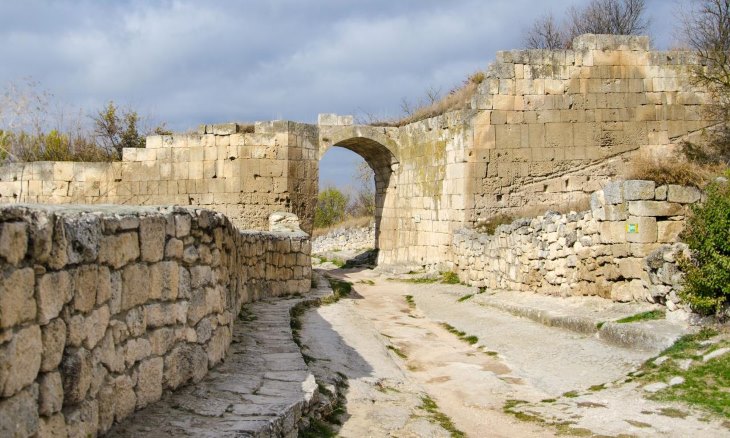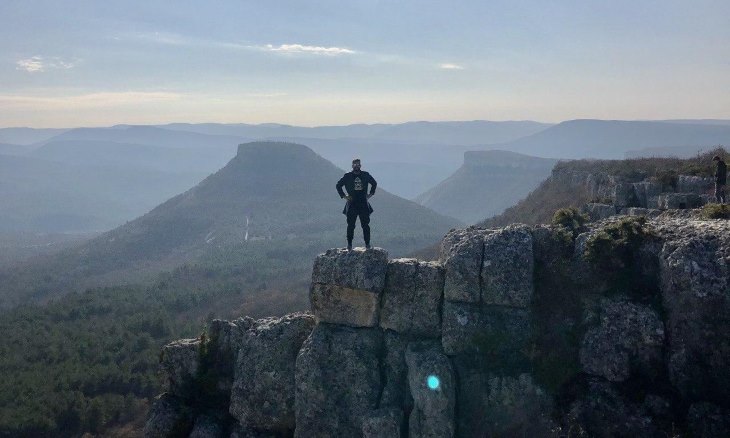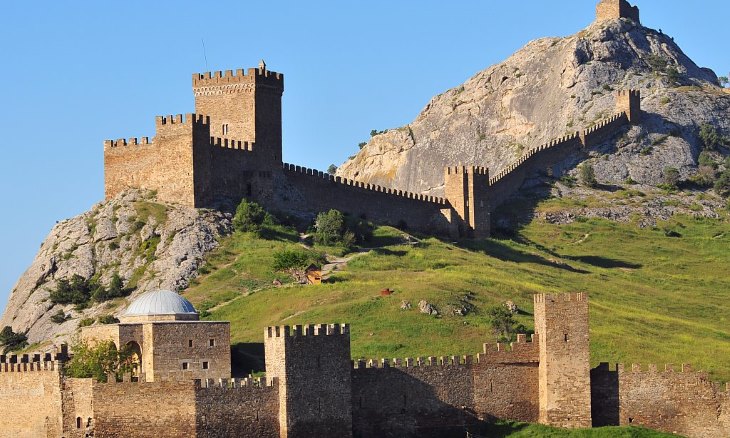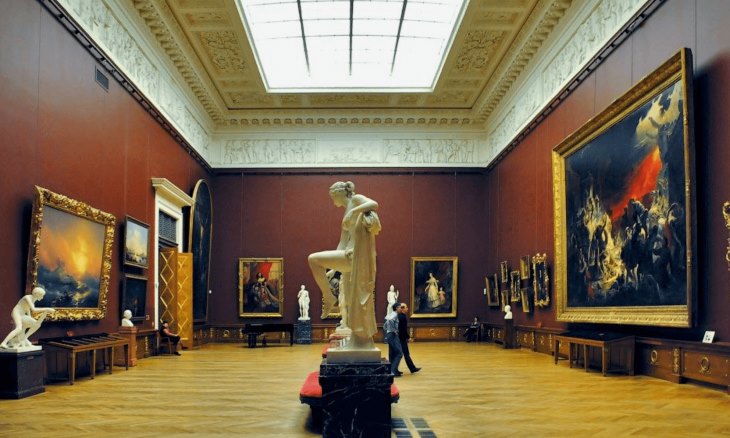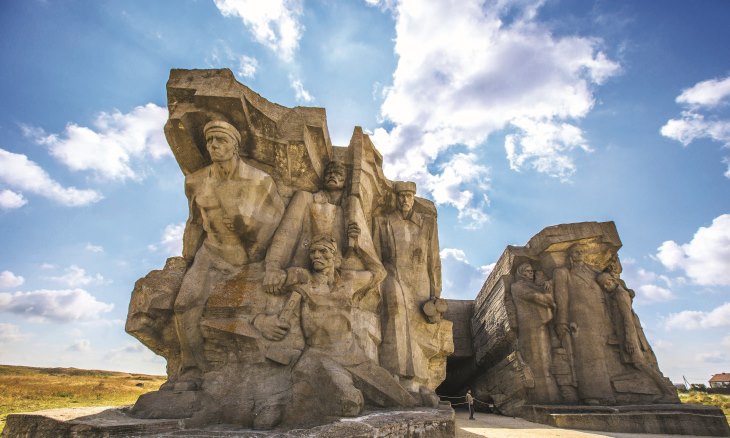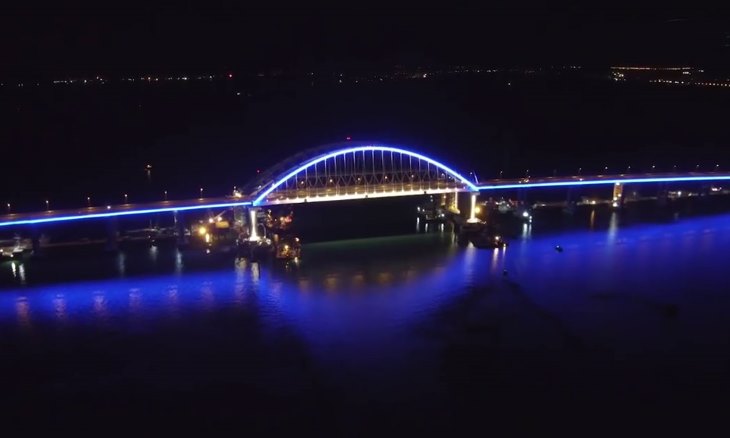We offer you a full-scale exposure of the Crimean Peninsula. These five days of touring and exploring will reveal the fascinating mysteries of this beautiful land and provide you with a deep understanding of its past and present.
Day One: a sightseeing guided tour of Sevastopol, one of the key landmarks of the entire Black Sea region. Itinerary: The Central Square – the Monument to the Scuttled Ships – a boat trip around Sevastopol Bay – Balaklava – museum “Underground Sevastopol” (for more information on the itinerary, click here)
Day Two a sightseeing guided tour of Bakhchisaray, the capital of Crimean Tatars; Crimea’s “Orient”. The exploration starts with visiting the Khan’s Palace, the home of the local rulers of the Ottoman Empire. After that, we travel to Chufut-Kale, a Medieval city-fortress that lies in the mountains surrounded by breathtaking sights. To reach the fortress, we offer you a safe ride on a Soviet off-roader. After visiting the city, we take a short hike back (40 minutes) and, while hiking, we visit the Uspensky monastery. After the walk, you will have an opportunity to try the Tatar cuisine at one of the numerous local cafes.
Day Three: The South Coast of Crimea. We offer you a trip around the “Crimean Riviera” and its beautific sights. A guided tour of the Livadia Palace, a historic landmark where the Yalta conference was held. Yalta’s central esplanade is the main tourist-oriented esplanade of the entire Crimean peninsula; it’s always fun to be here! Then we travel to another Crimean landmark Lastochkino Gnezdo (the Swallow’s Nest) by a touring launch. During the trip, you will see the evolution of the Soviet architecture: from the Tsar-times palaces – to the famous Soviet recreation house “Druzhba” – to the contemporary development).
Day Four: We are continuing exploring the most beautiful part of Crimea, its South-East. The magnificent Sudak fortress. The esplanade of Feodosia. The Aivazovsky National Art Gallery
Day Five: Kerch, the Crimean Bridge, the Adzhimushkay quarry
We are ready to answer any of your questions on the history of Sevastopol and on the intricacies of the contemporary developments. Our guides speak English and have great storytelling skills.
| Itinerary: | Day 1, Sevastopol: The Central Square – the Monument to the Scuttled Ships – the Sevastopol bay (boat) – Balaklava – museum “Underground Sevastopol”
Day 2: Bakhchisaray: the Khan’s Palace – Chufut-Kale (off-roader) – the Uspensky monastery – Tatar cuisine Чуфут Day 3: Yalta: the Livadia Palace, the escalade, the Swallow’s Nest (boat) Day 4: Sudak (fortress), Feodosia: the escalade, the Aivazovsky National Art Gallery Day 5: Kerch, the Crimean Bridge, the Adzhimushkay quarry |
| Language | English, Russian |
| Start | 10 a.m. |
| Finish | 5 p.m. |
| Cost per |
450 euro |
| Included | Hotel (possible not to include), guide, transportation (car and boat), museum tickets |
| Not included | Lunch |
You can always suggest your own changes or additions to the itinerary. Read more on the tour arrangements here.
Sevаstopol: Crimea’s key landmark
Sevastopol was founded in 1783 as a home port. The city has made it to textbooks as a city of heroes that had survived two serious sieges. In the Soviet times, the city was partially closed while the Balaklava district was a closed town within the closed city. After the end of the World War II, Sevastopol had been restored by the best Soviet architects and now it is a fast-growing, fast-moving city filled with a vibrant cultural life and beautiful natural sights. We are going to visit the spots that will provide you with the best understanding of Sevastopol and Balaklava. And, of course, you will be able to take beautiful pictures and collect wonderful memories.
Yalta: most famous city
The South Coast of Crimea models the French Riviera that, prior to the colonisation of the peninsula, used to be a preferred vacation spot for the Russian aristocracy. Basically, the South Coast of Crimea is a local Russian copy of the South of France. In fact, this was one of the reasons why they chose to hold the 1945 peace conference in Yalta. In the Soviet times, the parks and palaces once owned by the Russian elite became a big part of a completely new state healthcare strategy and were turned into public health resorts. Today, these breathtaking spots are open for visitation.
Bakhchisaray: the Ottoman empire in Crimea
Bakhchisarai is one of Crimea’s most exotic spots famous for its ethnic cuisine. It is also the former capital of the peninsula. The word Krym (Crimea) is of the Tatar origin; the Greeks used to call this land ‘Tavdira’. Tatars were a part of the Ottoman Empire albeit they did manage to retain their relative autonomy. Later, the name ‘Tatars’ spilled over to the other ethnic groups residing on the peninsula especially those living by the sea. The anthropological research shows that these groups may have included descendants of the Genoese settlers and even of the colonists from Greek poleis.
The Tatars came to the peninsula relatively late, no earlier than in the 13th century. As true descendants of the Mongol nomads, they preferred living in the steppes instead of the sea coast. Thus, it is the central part of Crimea that’s got the most vibrant atmosphere of the genuine Tatar culture and civilisation. And Bakhchisarai with its convoluted streets, tasty chebureks and beautiful mosques is its ultimate expression.
